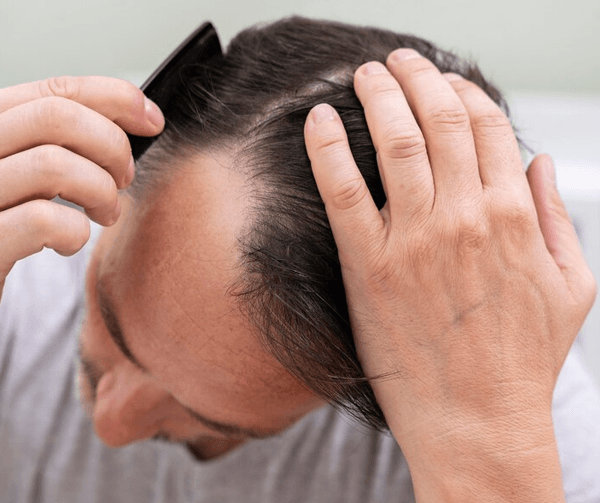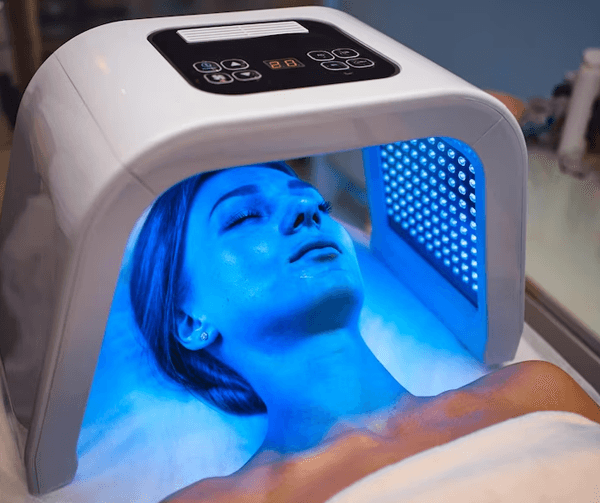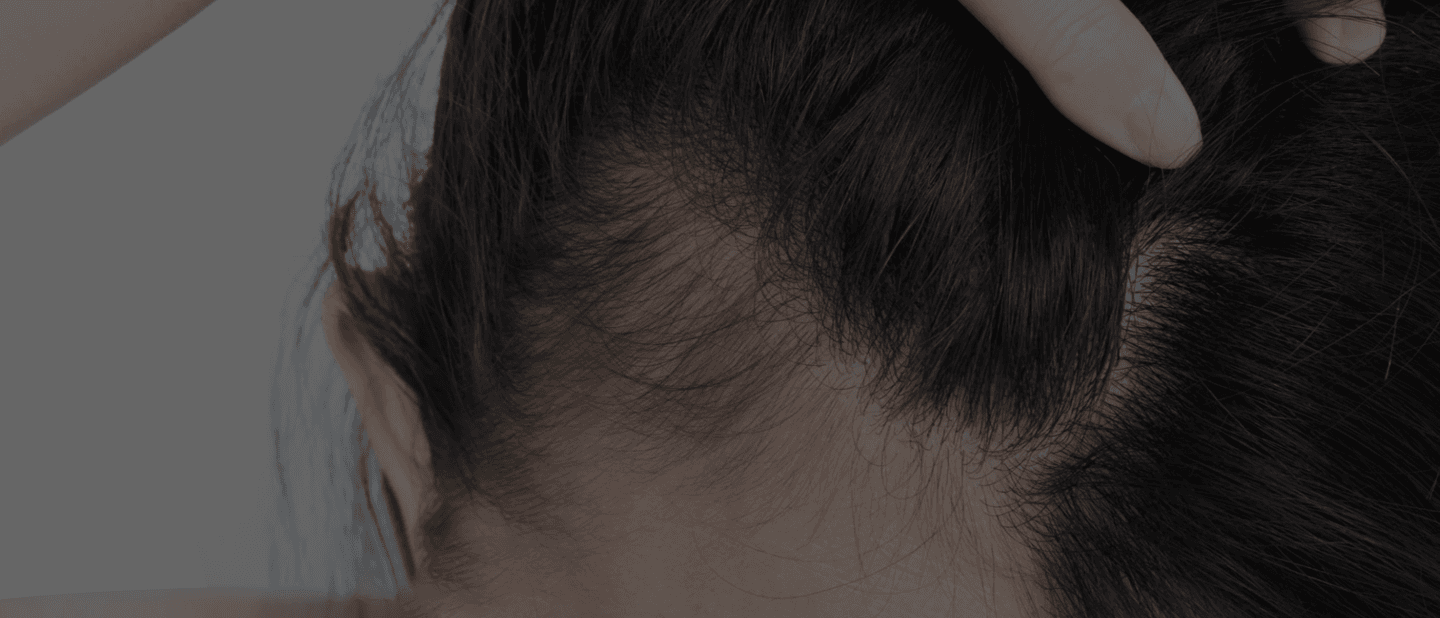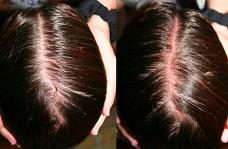Hair Loss in Women
A FRIENDLY TEAM AT YOUR SERVICE
Men developing bald patches might not seem like the end of the world, but imagine the same happening to a woman. The moment a woman starts to see extra hair on their towels or pillows, they hit the panic button, because they are worried that very soon there might be bald patches appearing on their head.
It is important to remember that hair loss in men is actually different from the manner in which hair loss happens for women.
Some of the causes of Hair Loss in Women
AK Clinics is India’s leading & pioneer Hair restoration and aesthetic dermatology center. We have the experience of more than 2500 procedures and provide the highest quality of results at affordable cost at our exclusive centers across India, with the highly trained team of doctors. We strive to provide the best results. Apart from this we have;

Hormones
In men, pattern hair loss is caused because of an increase in the level of DHT or Dihydrotestosterone. However, in women, it is caused due to an increase in oestrogen, a condition that can be caused due to menopause, pregnancy, childbirth or even the starting or stopping of contraceptives.

Medical issues
There are a number of medical conditions which can lead to hair loss. From improper functioning of the thyroid gland to skin infections such as lupus or lichen planus, from certain scalp infections to a more severe condition known as alopecia areata, there are several medical conditions that can lead to excessive hair fall.

Medicines
Hair loss can also be cause due to certain medications, which are being used to treat conditions such as cancer, depression, heart problems as well as arthritis.

Other causes
There are also other causes which are known to cause hair loss, such as extensive use of chemicals and heat on the hair, as well as tight hair styles, which is also known as traction alopecia. Even a crash diet could lead to hair loss as can a really high fever.
Types Of Hair Loss in Women
In order to have a proper diagnosis, understanding the type of hair loss is crucial and this could include;
Diagnosis and Treatment of Women's Hair Loss
In most women, the hair loss will start to become obvious with the gradual thinning on the top of the head. The front parts of the head will normally be the last to be affected, and there will be a broadening where the centre parting lies. For some women, there could be bald patches which arise on various parts of the head.There could also be situations wherein the hair starts to fall out in clumps. In order to gain a proper diagnosis, here is all that which might be done:
- A physical exam to take a closer look at the scalp and hair
- Blood tests to check iron levels, total iron-binding capacity, transferrin saturation and thyroid levels
- Biopsy and histology to detect the presence of any infections
Medications
Over the counter solutions
Wigs and hair systems
Non-surgical therapies
Surgical options
Why Choose AK Clinics
Should you choose to come to AK Clinics, you can expect a transformational journey to regain your confidence and youthful appearance through our exceptional Hair and Skin care services.

CUTTING EDGE TECHNOLOGY
At AK Clinics, we take pride in offering the most advanced and effective solutions for Hair & Skin Care, by employing ultra-modern techniques that ensure exceptional results.

HIGH SUCCESS RATE
Having the industry-leading 87% Graft Survival Ratio in our Hair Transplant Services underscores our commitment to delivering the highest level of success and satisfaction for our patients.

EXPERIENCED HANDS-ON CARE
With the trust of over 100,000 patients and a track record of over 3,000 successful surgeries, Our Team brings a wealth of experience and expertise to every hair transplant procedure, ensuring your utmost satisfaction and the best possible results.

FREE COUNSELLING
AK Clinics takes pride in providing expert counseling for both hair and skin services, guided by our team of seasoned professionals, ensuring that your unique needs and concerns are addressed with the highest level of care and expertise.










